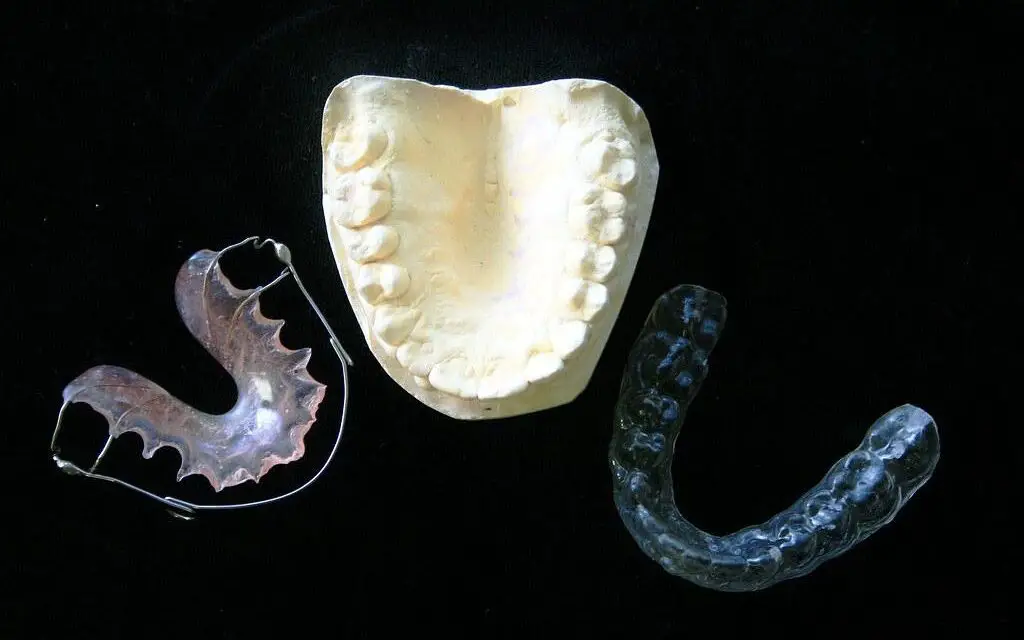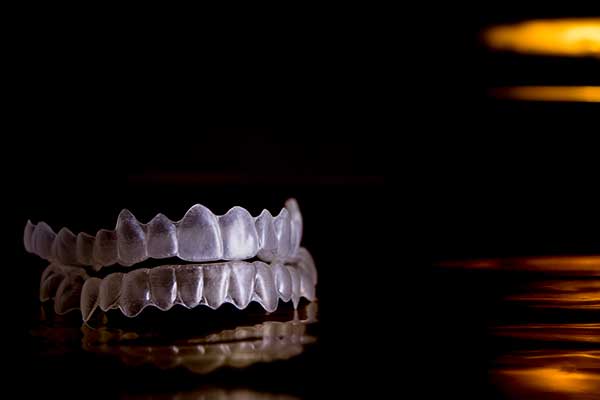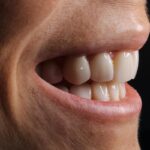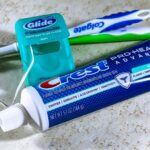Living with TMJ can feel like a constant battle against discomfort and disruption, affecting everything from eating to speaking. It’s a condition that touches millions, yet understanding and managing it remains a challenge for many. This discussion aims to shed light on the symptoms, management strategies, and particularly the role of mouth guards in providing relief. By arming yourself with knowledge, you can take meaningful steps towards improving your quality of life.
Understanding TMJ and Its Symptoms
TMJ refers to issues with the temporomandibular joint. This complex joint connects your jawbone to your skull, right in front of your ears. Its role is to facilitate all types of movements required for talking, chewing, and yawning. When things go awry with this joint, it can cause significant disruption.
TMJ affects millions of adults nationwide, with a higher prevalence among women. The triggers can be multifaceted, ranging from jaw injuries, arthritis, excessive jaw clenching or teeth grinding, to stress. Even genetic predispositions or certain diseases could contribute to the development of this condition.
Common symptoms of TMJ include:
- Persistent pain around the ear
- Difficulty in chewing
- General discomfort in the jaw area
- Clicking or locking sensations when opening or closing the mouth
TMJ can seriously hamper day-to-day activities, highlighting the importance of early detection and seeking treatment. If any of these symptoms sound familiar, it may be time to explore potential paths towards alleviating your discomfort. Taking that first step in seeking professional advice could mark the beginning of your journey back to comfort and normalcy.
The Role of Mouth Guards in TMJ Management
Mouth guards play a significant role in TMJ management, offering relief and protection for those dealing with this condition. These devices are meticulously crafted to serve two pivotal roles: preventing bruxism (teeth grinding) and aiding in the repositioning of the jaw.
Many individuals with TMJ experience teeth grinding and clenching, particularly during sleep. Mouth guards act as a sturdy shield between the top and bottom teeth, dramatically reducing the wear and tear that contributes to TMJ symptoms.
In addition to providing a protective barrier, mouth guards also help to gently guide the jaw into a position that eases tension. This subtle repositioning can offer relief to strained muscles and overworked joints affected by TMJ.
There are various types of mouth guards available, ranging from over-the-counter options to custom-crafted ones made by dental experts. While ready-made guards can provide immediate relief, custom-fitted guards offer a personalized solution that minimizes risks and maximizes comfort. These custom guards are tailored to address your unique jaw dynamics, fostering an environment for healing and relief.
Collaborating with a dental professional is key when selecting a mouth guard for TMJ management. Through thorough discussions and evaluations, you can find the best mouth guard to address your specific needs.
Choosing to use a mouth guard is a step forward in reclaiming comfort and curbing the progression of TMJ symptoms. By partnering with your dental ally, you can find the right fit for your journey towards tranquility and ease.

Choosing the Right Mouth Guard
Selecting the right mouth guard for TMJ is crucial for achieving relief and improving your quality of life. To ensure you choose the ideal mouth guard tailored to your needs, consider the following steps:
- Understand the differences between over-the-counter (OTC) and custom-fitted mouth guards.
- OTC options are readily available and typically require a “boil and bite” process for fitting. While convenient and cost-effective (ranging from $10-$15), they may not provide the precise alignment and comfort necessary for effective TMJ relief.
- Custom-fitted options, though more expensive (up to $500 or more), offer a tailor-made solution designed to accommodate your unique jaw structure and TMJ symptoms. They are created based on impressions taken by your dentist, ensuring a snug, accurate fit that aligns your jaw and teeth correctly.
- Consult with a dental professional before making a decision. A dentist specializing in TMJ disorders can provide valuable insight into which type of mouth guard best suits your TMJ severity, lifestyle, and specific symptoms. A consultation can help pinpoint the nature of your TMJ issues and ensure that your choice aligns with a holistic treatment plan.
- Consider upkeep and longevity. No mouth guard lasts forever, but understanding the expected lifespan and maintenance requirements can influence your decision. Custom guards often come with detailed care instructions to ensure longevity, while OTC options may need more frequent replacements.
- Evaluate compatibility with your lifestyle. If you travel often or have an irregular schedule, ease of use and portability may factor into your decision-making process. Ensure that the option you select can comfortably integrate into your daily routine without adding stress or inconvenience.
By carefully considering these factors and seeking professional guidance, you’ll be well-equipped to find the right mouth guard that offers relief and aligns with your lifestyle. This thorough approach to selecting a mouth guard can make a substantial difference in effectively managing TMJ symptoms and restoring balance and comfort.
In conclusion, recognizing the signs of TMJ early and taking action can significantly improve your daily life. Among various management strategies, mouth guards stand out as effective allies in mitigating symptoms and restoring comfort. Remember, consulting with a dental professional is crucial to finding the right solution for you. As we’ve seen, choosing the appropriate mouth guard could be a pivotal step towards reclaiming your comfort and well-being.
- Scrivani SJ, Keith DA, Kaban LB. Temporomandibular disorders. N Engl J Med. 2008;359(25):2693-2705.
- Klasser GD, Greene CS. Oral appliances in the management of temporomandibular disorders. Oral Surg Oral Med Oral Pathol Oral Radiol Endod. 2009;107(2):212-223.
- Okeson JP. Management of Temporomandibular Disorders and Occlusion. 7th ed. St. Louis, MO: Elsevier/Mosby; 2013.









